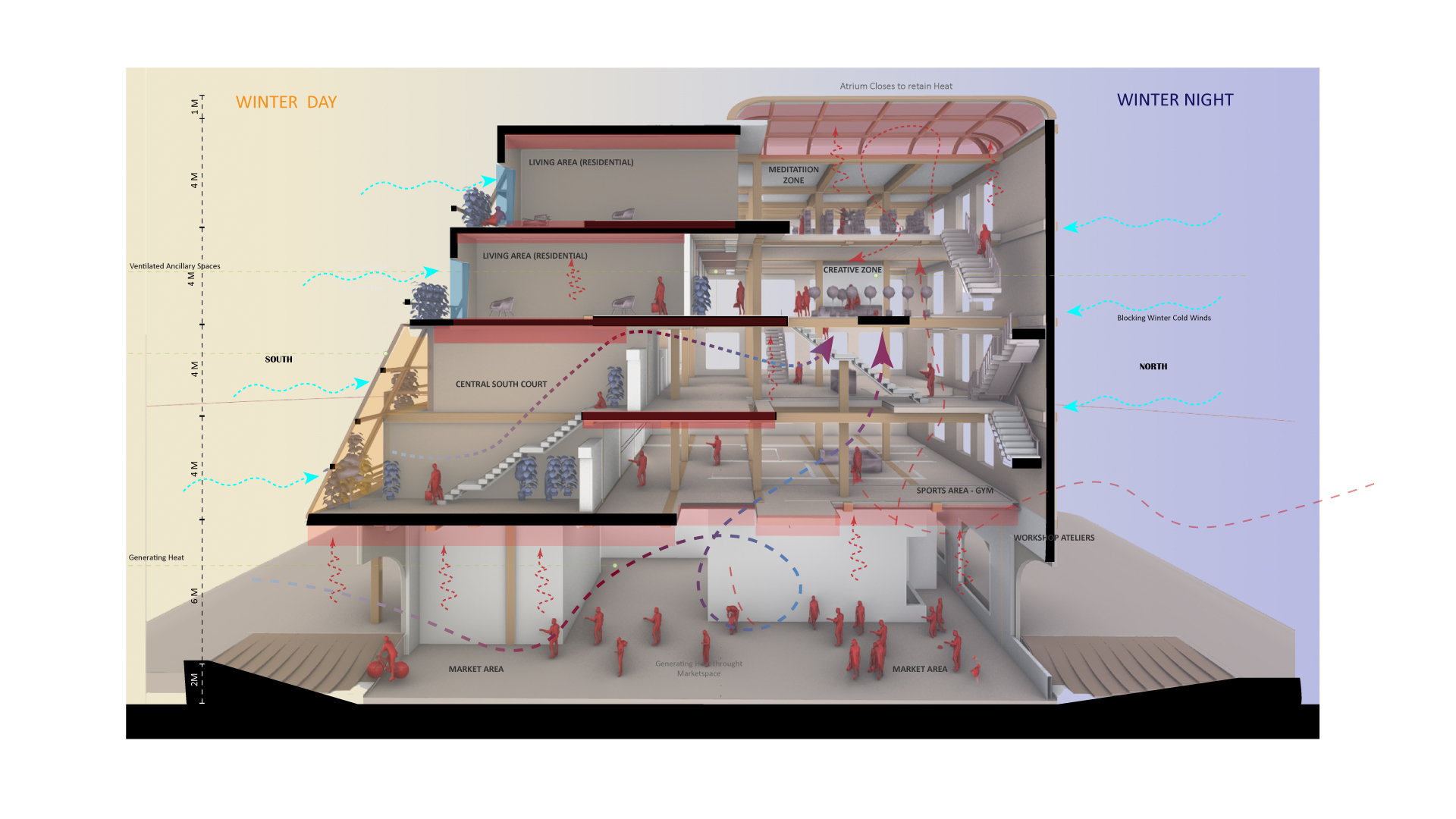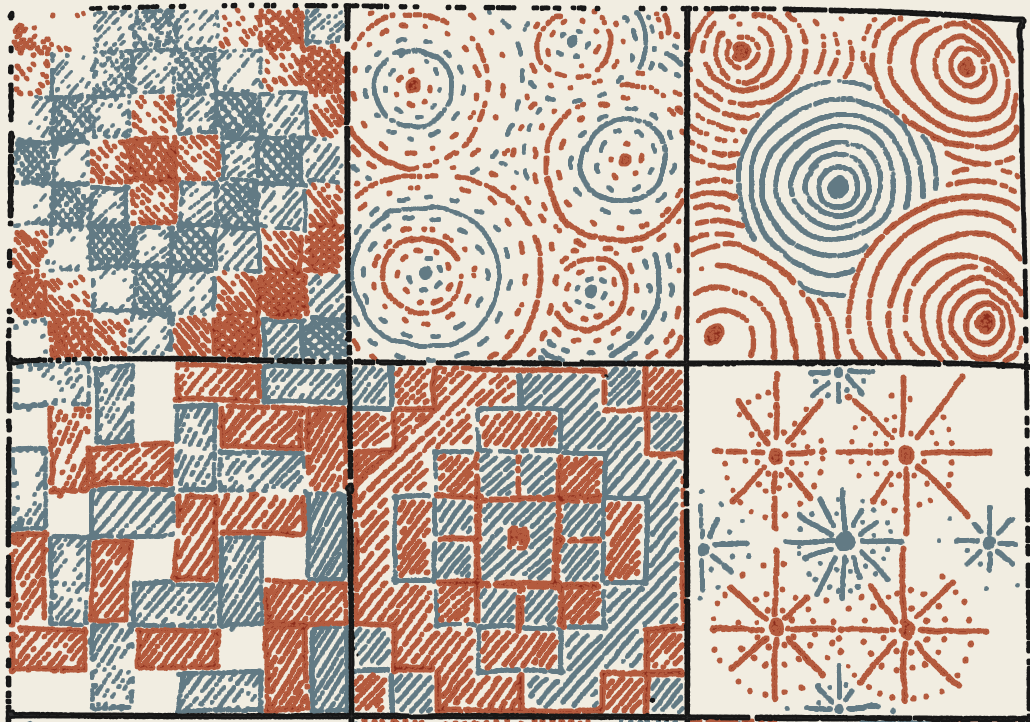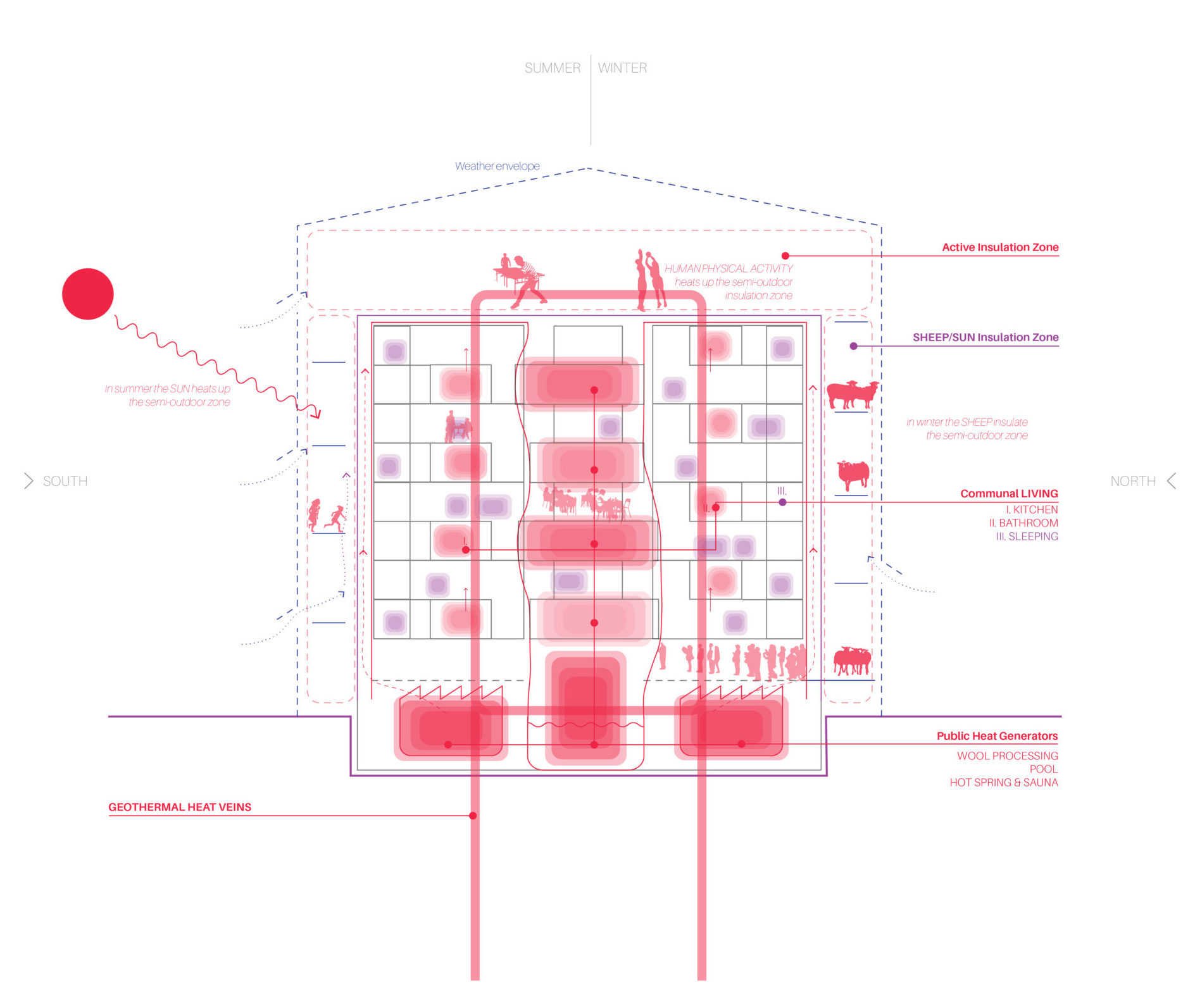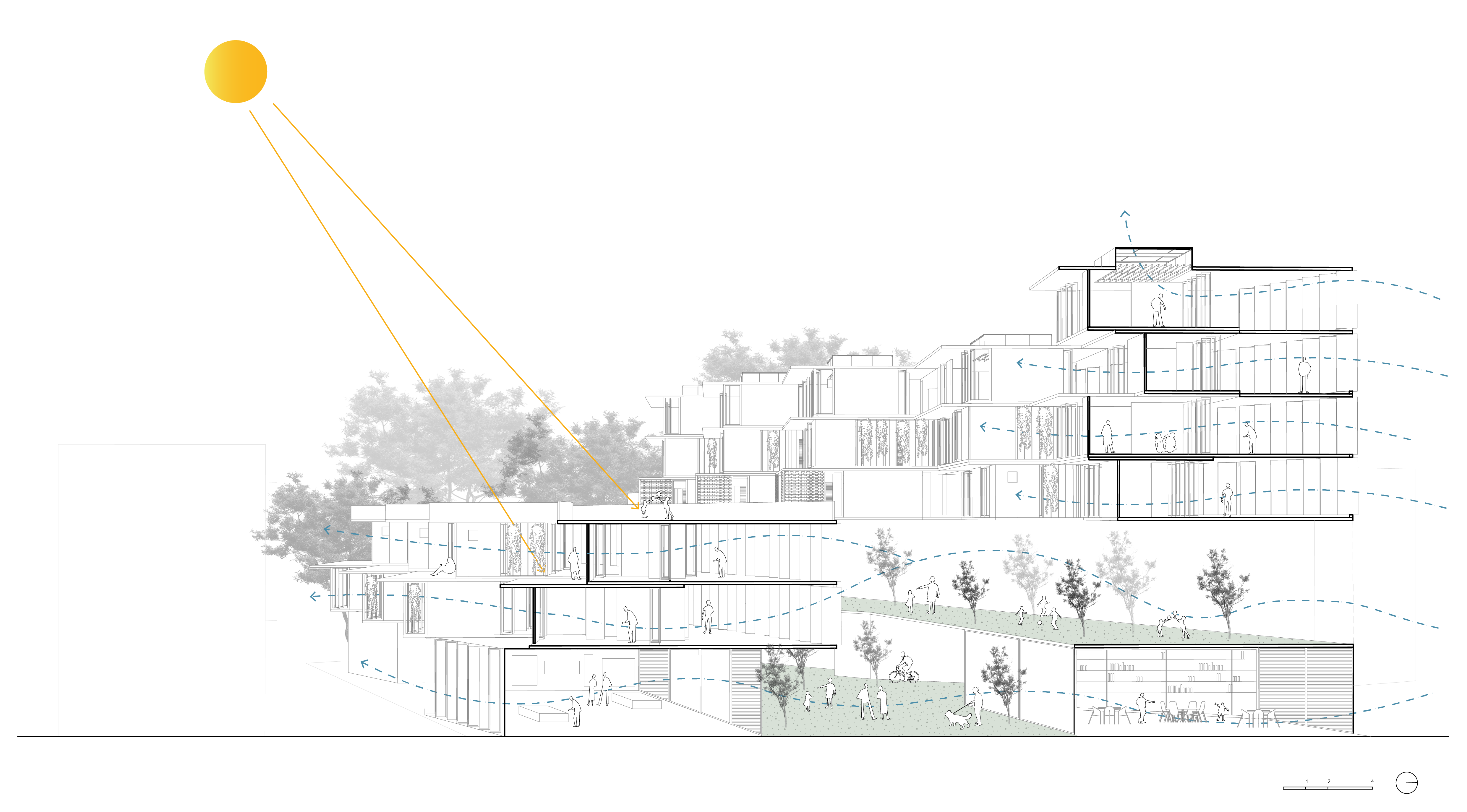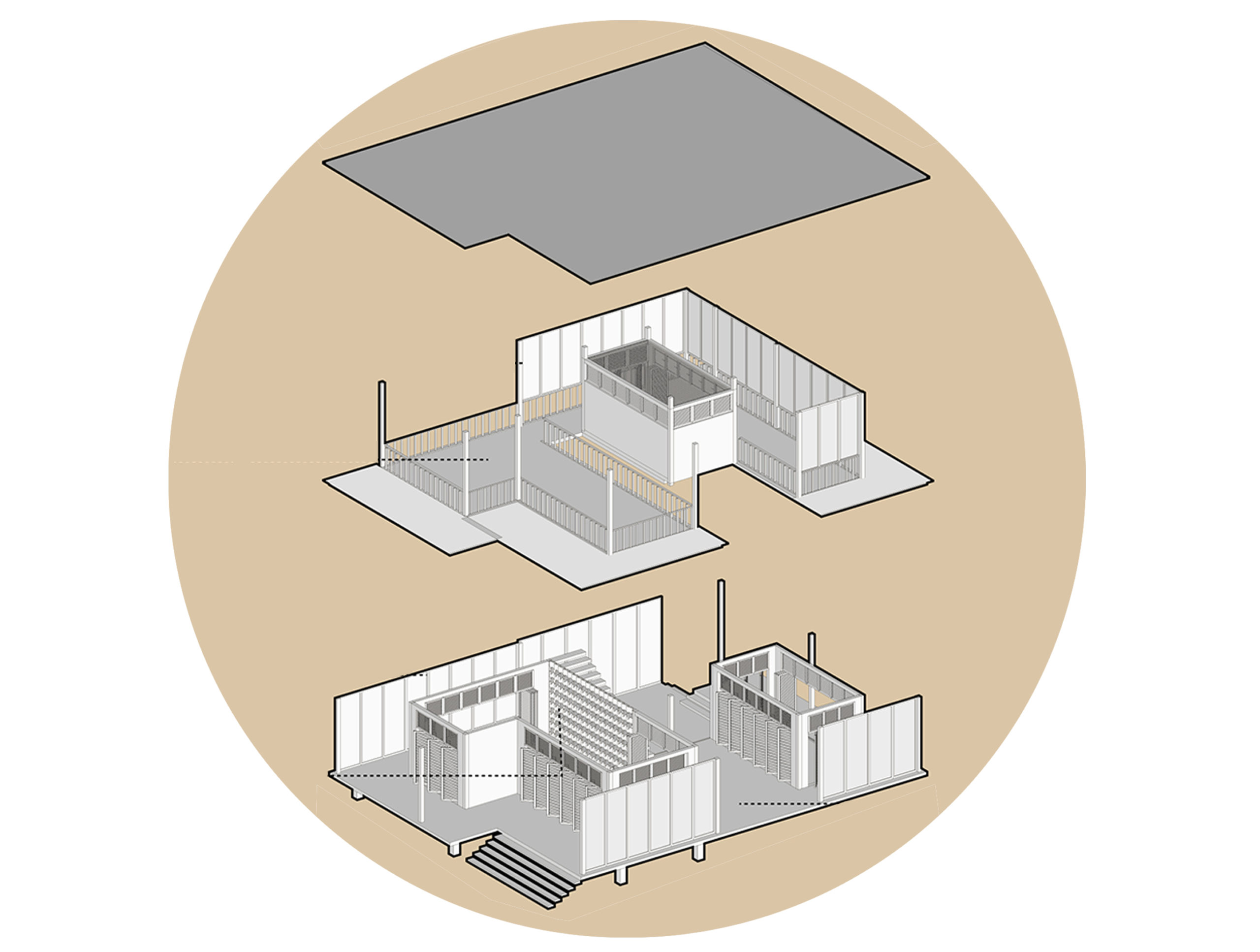The module THERMODYNAMIC FABRICATIONS not only explores the design opportunities which the
field of thermodynamics and ecology have opened to architecture. Apart from focusing on the climatic
dimension of architecture, the objective of the workshop is to find design strategies which bridge the
void between quantitative and qualitative approaches. As a result special attention will be given to
questions which in rare occasions are addressed in mainstream sustainability courses. The workshop will
immerse students in the quotidian implications of sustainability, connecting everyday life to
architecture, which introduces to the specialty the ethnological dimension of architecture. This question
opens the experiential realm, introducing the human body in its physiological and psychological
dimensions to architecture. Under this perspective, the history of architecture —which offers a rich
variety of climatic and metabolic references— will be a powerful design tool.
This workshop departs from the structural connection that exists between the climate of a given
location and the culture unfolded by its inhabitants. This question, which has been rarely addressed by
architects, underpins a wide array of questions which connect climate to social patterns, local lifestyles,
how people dress themselves or how architecture is inhabited. From this perspective, the workshop will
explore the interactions between the local climate, the spatial and material particularities of
architecture, and the lifestyle of its users.
Contrary to mainstream design procedures which deploy a top-down approach which proceeds from
outdoor massing to indoor space, this studio explores the potential to conceive architecture from the
interior. The objective is to design a building starting from the particular atmospheres demanded by its
users. As a result, departing from the specific ambient conditions needed by users, students will define
the set of sources and sinks required to induce specific atmospheric situations.
Urban, landscape and building typologies will be a useful tool during the module as it offers the
possibility to bridge the gulf between local climate and specific everyday life patterns. Climatic
typologies show how architecture can interact between a given climate and the way people live and
socialize, offering the potential to connect the spatial and material lineaments with the specific
physiological and psychological behaviors, bridging the gulf between the thermodynamic processes
induced by architecture and the quotidian behavior of its inhabitants.
Starting from quotidian situations the studio will proceed defining a climatic prototype, and through
gradual steps will explore consecutive architectural scales: first an interior climatic space and later a
larger scheme. The workshop will be developed in groups of four students, and each group will work in
in a specific climatic zone: Mediterranean, Continental, Desert, Polar, Tropical and Highlands.


